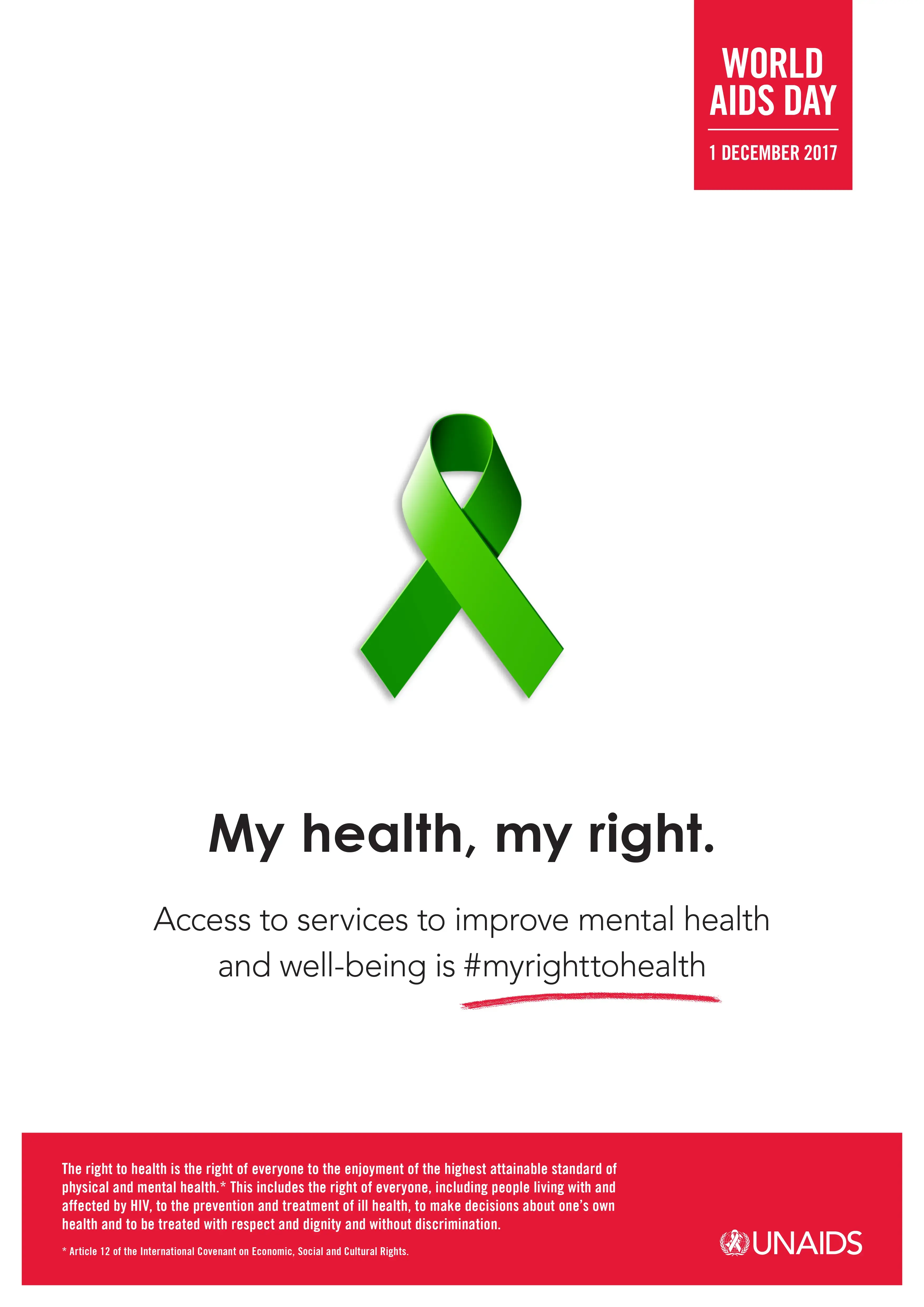World AIDS Day is observed on 1 December every year. It aims to increase awareness of the disease, fight the stigma associated with it, improve HIV education and mobilize resources for the global response to the epidemic.
Millions of people are vulnerable to HIV infection, and AIDS remains a leading cause of death among women of reproductive age and young adolescents. Stigma and discrimination continue to impede the realization of people’s rights, including access to essential information and services to prevent and treat HIV.
UNFPA promotes integrating HIV responses with sexual and reproductive health care, part of an overarching strategy for achieving universal access to HIV prevention, care and treatment services, including condoms. UNFPA is also a cosponsor of UNAIDS.



